Positioning of a City
How Park Design is a Catalyst for Branding
A park design is more than a physical plan. This is obvious to most designers, developers and municipalities. What might not be so obvious is the opportunity for the design approach can be used as a catalyst for marketing a new district.

During a recent presentation to the review panel for a new Riverfront Park, I made the case that “the vision for the park was more than a park design. It will be the way in which the new district will market itself to prospective investors and users.” This approach gave the review panel criteria to evaluate the solution that went beyond a response to site constraints, layout, activities, character, new technologies or other recent park trends. Creating a brand for the park and adjacent district allowed the solution to proclaim a larger message.
Here’s a highlight of the message:
Tap into History
The site is located in an area that is well-known for textiles. The design team built on the idea of using textiles, patterns and thread as an inspiration. This manifested itself as the “Tapestry Along the Yangtze River”, including threads of culture, ecology and art.
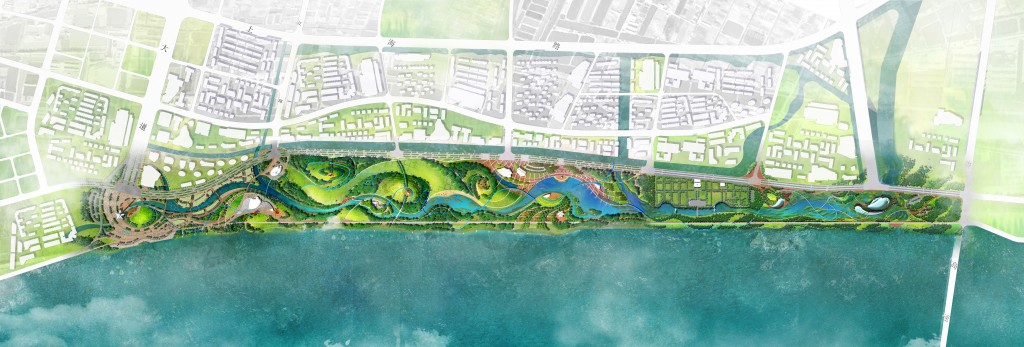
Culture
The culture of the area is represented as a thread. It is illustrated in the big idea of the park and in the details of paving, plant patterns and architectural elements. The thread unifies all the destinations within the park. Its beginning is the Thread Tower, which becomes the icon for the entire district. The tower symbolizes the past of the textile industry and the future of new technology. The Thread Tower, along with the supporting elements and activities become a clear demonstration of the brand for the new district.
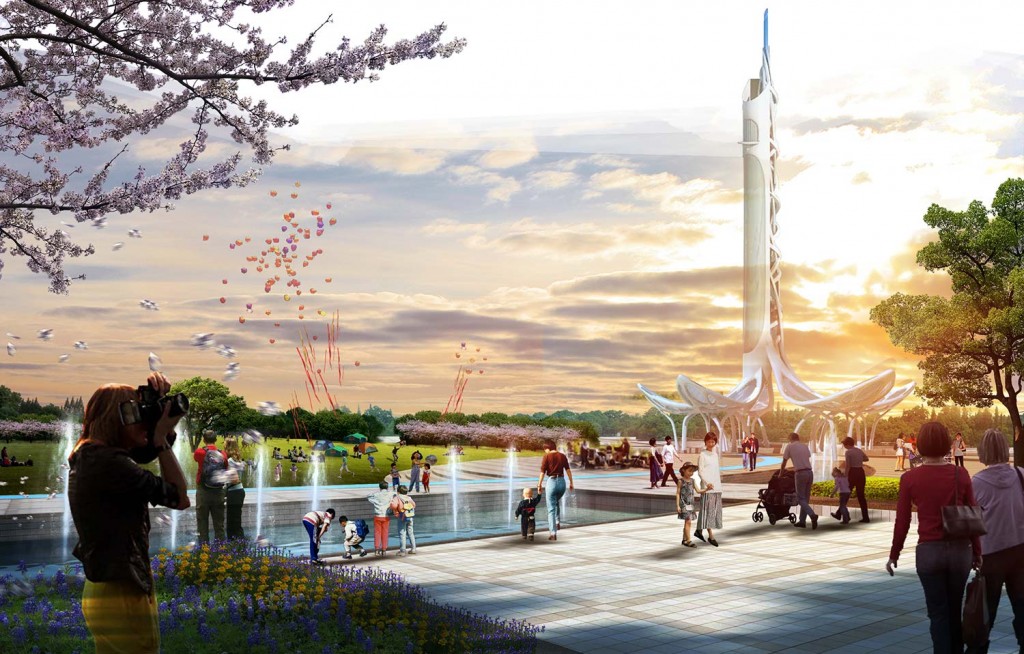
Ecology
The influences of the Yangtze River and its circuitous journey are an inspiration for the park space. It is another thread that unifies the site. It gives meaning and purpose to each zone throughout the park. Four distinct zones are highlighted including an upper plateau, canyons, lakes and delta. This gives purpose to how the existing internal waterway can be shaped and how it lends itself to the natural route of bio-filtration.
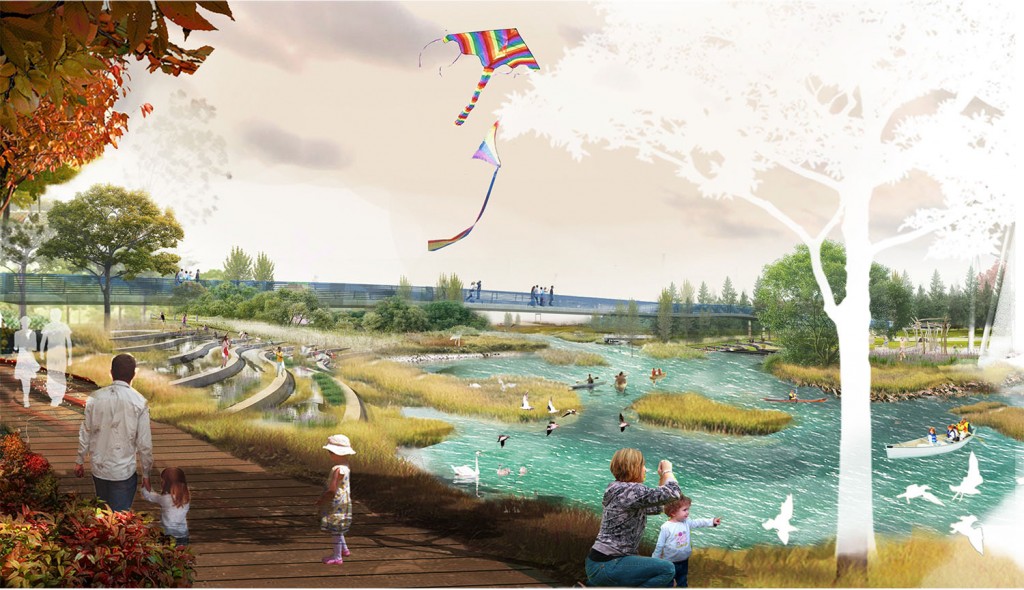
Art
Art is the third thread. It is represented by architecture, activities, landforms and technology. As a thread that unifies the park, it is represented differently in each zone. In the plateau zone, art is more simplified and contemporary – allowing the expansive spaces and simple palettes to create drama and interest. Throughout the canyons, the art thread responds to dynamic landforms and natural elements. The lakes zone allows long and pastoral views to architecture and sculptural installations. The fourth zone is the delta – a sanctuary where the art thread is native and wild.
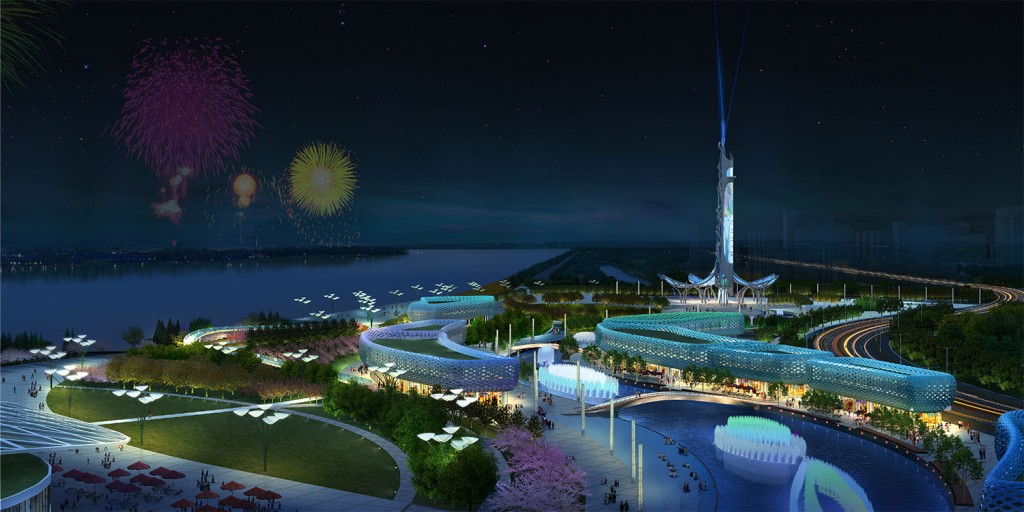
The concept of threads is inspired by culture, ecology and art. These threads create the foundation of the physical design, activities and elements throughout the park. More importantly the threads invites others to be a part of a greater story. It is an important element that ultimately attracts investors, visitors and residents to this important region.
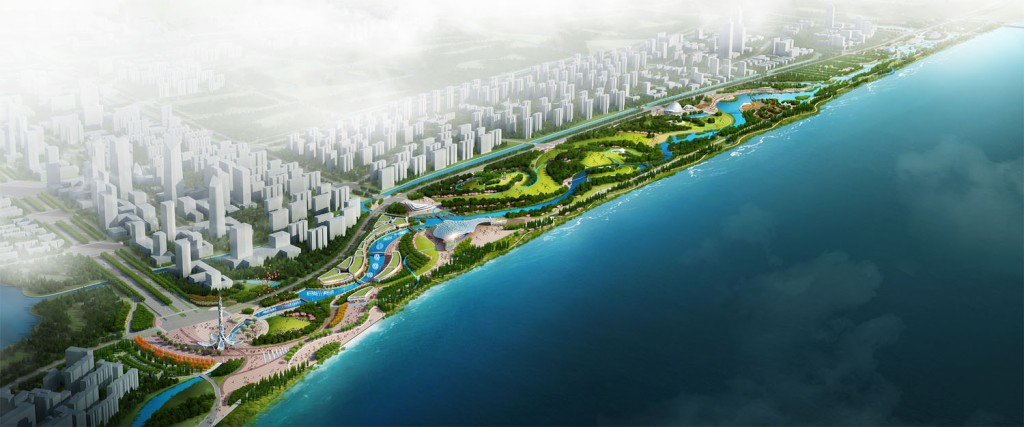
The threads of culture, ecology and art combine to create a “Tapestry along the Yangtze”.

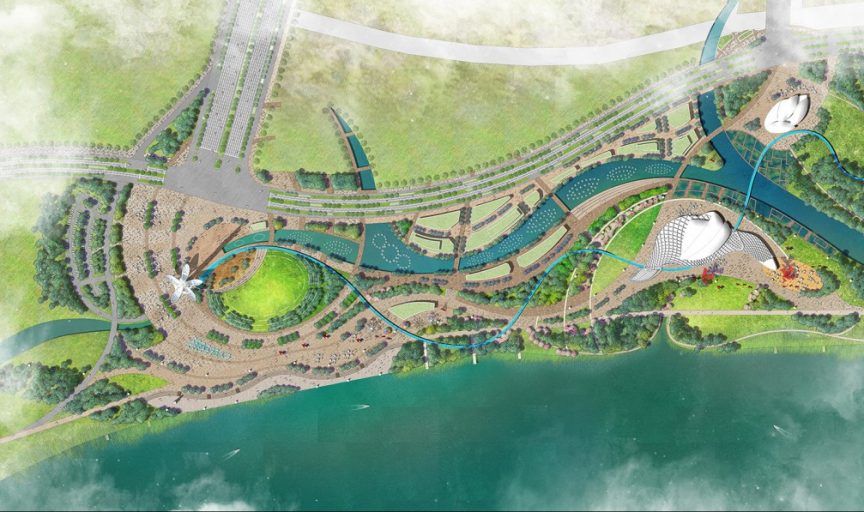
 BACK TO BLOG
BACK TO BLOG